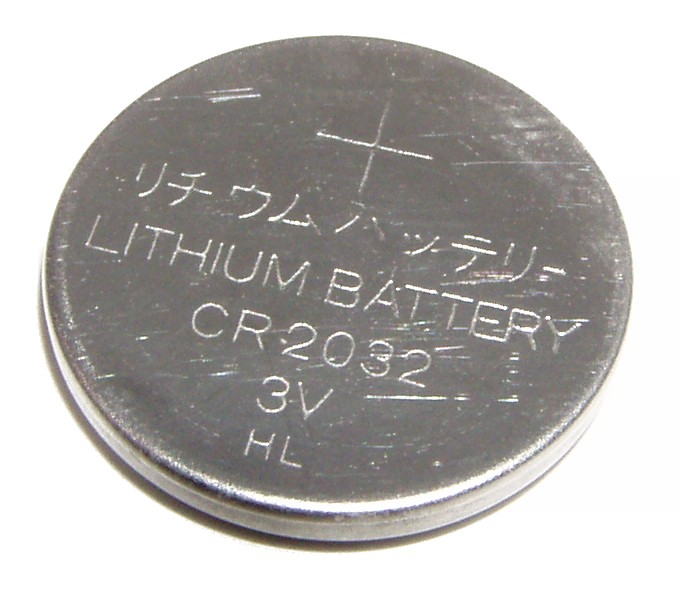Fiveminute guide to asset allocation
Post on: 5 Апрель, 2015 No Comment

We all wish we could call the market and get lucky with a well-timed foray into emerging market debt, but an investment professional knows that steady success depends on solid asset allocation.
The experience of 2011 illustrates this point quite well — the FTSE 100 (UKX) has fallen around 800 points since January 2011 — so most investors would have done well to have a well-diversified portfolio that also tallies with their tolerance for risk.
Here’s our five-minute guide to successful asset allocation.
What is asset allocation?
Broadly, asset allocation means investing your money across the spectrum of asset classes, of which there are four primary ones: cash, bonds, equities and property. By spreading money across these assets, you spread risk, as different assets behave in different ways. For example, bonds and property generally have a negative correlation to equities, which makes them more attractive in times of volatility.
What are the benefits?
As we all know, past returns are not a reliable guide to future returns. By deciding on an asset allocation strategy, investors can avoid overweighting sectors that have done particularly well one year, but may tank the next. A well-defined plan also forestalls the temptation to dump an asset in response to adverse price movements only to see its value recover shortly thereafter.
How should I decide my asset allocation?
Many IFAs and wealth managers use risk-profiling tools to determine asset allocation. These will pose a series of questions or scenarios to ascertain your risk tolerance. Time horizons should also be considered. As a general rule, the younger you are, the riskier the assets you should hold, with risk typically scaled back the closer you get to retirement.
How should I do it?
A common strategy to adopt is the core/satellite approach, where the ‘core’ of the portfolio is made up of market-neutral and/or less-risky investments and the ‘satellite’ is comprised of racier, more cyclical investments.
The core is typically the passively managed part of a portfolio, designed to keep charges down. Exchange traded funds and index-tracking funds have much lower costs than active funds, allowing investors to access a wide range of investment themes. The satellite is usually the actively managed part, aiming to add value where and when passive investments cannot.
Low-risk assets tend to fall into either cash or fixed-income sectors, while higher-risk portfolios will tend to focus on more volatile assets such as equities and property.
As an example, low-risk portfolios range from 100% in cash, to an 85/15% split between cash and fixed interest, to a 70/30 split between the two. Medium-risk portfolios start to introduce some equities and property investments, and range from a 50/50 split to an 85/15% split between high and low-risk assets. A 100% high-risk portfolio would be completely focused on the riskier, but higher-growth assets.
When should I change my asset allocation?
Alongside diversification, another important aspect of asset allocation is reviewing and rebalancing your portfolio. Some prefer to do this continually, and others prefer a longer-term view, only monitoring it every year, or in exceptional circumstances such as August’s stockmarket meltdown.
Changing asset allocation could be as simple as shifting the percentage split between equities/property and lower-risk assets such as fixed income and cash, or completely overhauling the active/passive investment split.
George Godber of Matterley Asset Management likes the look of two countries for exposure to Europe and examines the potential impact of this year’s elections in France and Russia in: Where to look for eurozone exposure .














